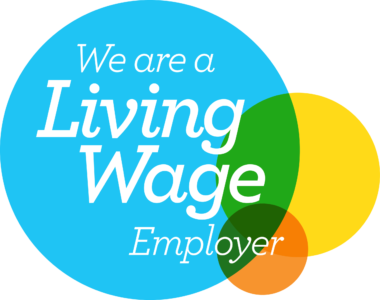Views counted as of 29 November 2024 when we launched our new look site.
When is a lender put on inquiry in a non-commercial hybrid loan transaction?

Lauren Peach
2 Jul 2025
3 min read
3
Financial Services
The immigration factor: what every financial institution must know




Multiple Authors
25 Jun 2025
5 min read
132
Home ownership disputes and the role of quia timet injunctions

Lucy Grunwell
25 Jun 2025
3 min read
26
Financial Services
In-house solicitor fined for non-financial misconduct: implications for the financial services sector


Multiple Authors
23 Jun 2025
3 min read
62
Page 1Page 2Page 3Page 4Page 5Page 6Page 7Page 8Page 9Page 10Page 11Page 12Page 13Page 14Page 15Page 16Page 17Page 18Page 19Page 20Page 21Page 22Page 23Page 24Page 25Page 26Page 27Page 28Page 29Page 30Page 31Page 32Page 33Page 34Page 35Page 36Page 37Page 38Page 39Page 40Page 41Page 42Page 43Page 44Page 45Page 46Page 47Page 48Page 49Page 50Page 51Page 52Page 53Page 54Page 55Page 56Page 57Page 58Page 59Page 60Page 61Page 62Page 63Page 64Page 65Page 66Page 67Page 68Page 69Page 70Page 71Page 72Page 73Page 74Page 75Page 76Page 77Page 78Page 79Page 80Page 81Page 82Page 83Page 84Page 85Page 86Page 87Page 88Page 89Page 90Page 91Page 92Page 93Page 94Page 95Page 96Page 97Page 98Page 99Page 100Page 101Page 102Page 103Page 104Page 105Page 106Page 107Page 108Page 109Page 110Page 111Page 112Page 113Page 114Page 115Page 116Page 117Page 118Page 119Page 120Page 121Page 122Page 123Page 124Page 125Page 126Page 127Page 128Page 129Page 130Page 131Page 132Page 133Page 134Page 135Page 136Page 137Page 138Page 139Page 140Page 141Page 142Page 143Page 144Page 145Page 146Page 147Page 148Page 149Page 150Page 151Page 152Page 153Page 154Page 155Page 156Page 157Page 158Page 159Page 160Page 161Page 162Page 163Page 164Page 165Page 166Page 167Page 168Page 169Page 170Page 171Page 172Page 173Page 174Page 175Page 176Page 177Page 178Page 179Page 180Page 181Page 182Page 183Page 184Page 185Page 186Page 187Page 188Page 189Page 190Page 191Page 192Page 193Page 194Page 195Page 196Page 197Page 198Page 199Page 200Page 201












